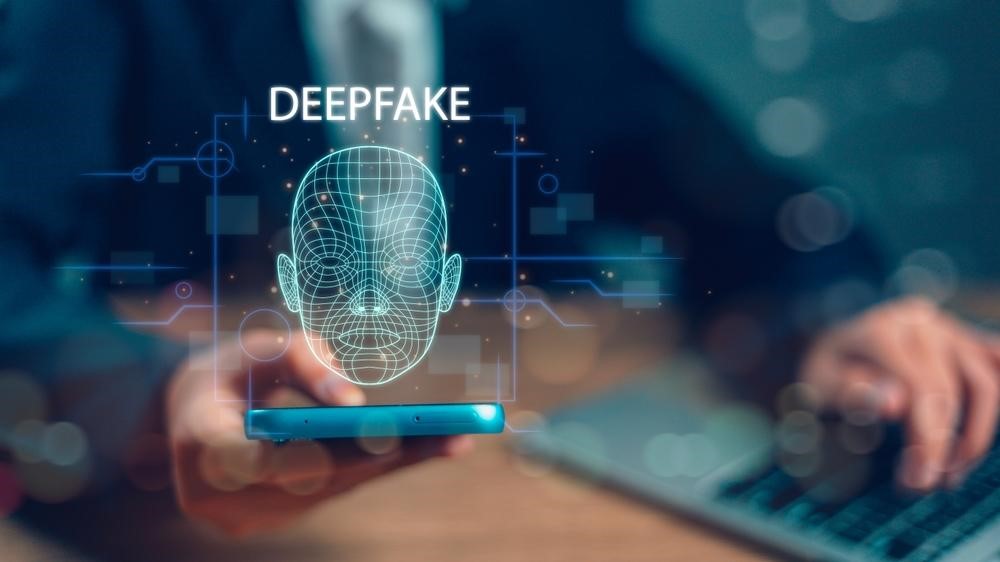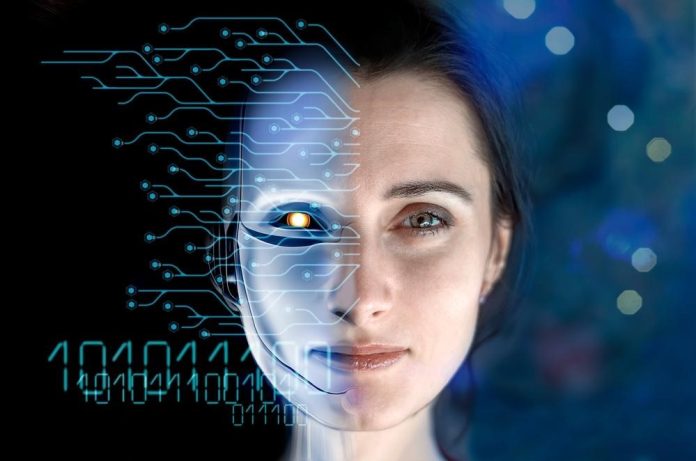The rise of artificial intelligence (AI) has brought about numerous technological advancements, one of the most intriguing being the potential of AI doppelgangers.
These AI-generated look-alikes are becoming increasingly prevalent on social media platforms, raising questions about their benefits and potential risks, which we must be cautious and aware of.
As AI continues to evolve, it’s essential to understand and be aware of how these digital doubles impact our online interactions and privacy.
Look at the benefits and challenges of AI counterparts and discover how to deal with them.
Understanding AI Doppelgangers
AI doppelgangers, such as virtual influencers and chatbots, are digital replicas of real people created using sophisticated AI technologies, such as deep learning and neural networks.
These replicas can accurately mimic a person’s appearance, voice, and mannerisms.
With its vast reach and influence, social media has become a primary stage for these AI creations.
AI Doppelgangers: A Look at the Benefits
AI doppelgangers enhance engagement by allowing celebrities and brands to interact frequently and consistently.
Celebrities’ AI versions can attend virtual events, create messages, and respond to fans.
Businesses use virtual ambassadors for 24/7 customer interaction, product promotion, and driving engagement, strengthening brand loyalty and customer satisfaction.
Challenges and Ethical Concerns
Despite these advantages, AI replicas come with a host of challenges and ethical issues:
Privacy Concerns:
- Creation of AI-generated look-alikes without an individual’s consent.
- Unauthorized use of a person’s likeness.
- Significant privacy and legal issues.
- Risks of identity theft.
- Misuse of personal information.
- Potential damage to one’s reputation.
Spread of Misinformation:
- AI doppelgangers can create and disseminate fake news.
- Manipulation of public opinion through AI-generated content.
- Conducting fraudulent activities using AI doppelgangers.
- Difficulty in distinguishing between actual and AI-generated content.
- Undermining trust in social media platforms.
- Contribution to societal misinformation.

Safety Tips and Best Practices for Peace of Mind
Users and platforms must adopt safety measures and best practices to navigate the complexities surrounding AI replicas in the future.
Here are some recommendations:
1. Consent and Transparency:
Platforms should respect users’ rights and require strict consent to create AI doppelgangers, ensuring users know when they interact with an AI entity. Transparency is essential.
2. Enhanced Privacy Settings:
To prevent unauthorized AI replication, users should use advanced privacy settings, update them regularly, and be cautious about sharing personal information.
3. Awareness and Education:
Educating users about AI doppelgangers and their risks is essential. Raising awareness helps individuals protect their digital identities more effectively.
4. Robust Verification Mechanisms:
Social media platforms should implement robust verification mechanisms to identify and flag AI-generated content, maintaining online integrity and reducing misinformation.
Keep Safety and Innovation in Balance
The phenomenon of AI doppelgangers offers both opportunities and challenges.
These digital replicas can boost user engagement, innovate across sectors, and pose privacy, security, and trust risks.
As AI advances, balancing its benefits with necessary safeguards is crucial. AI doppelgangers can become allies in the digital age by adopting best practices and promoting transparency and consent.

